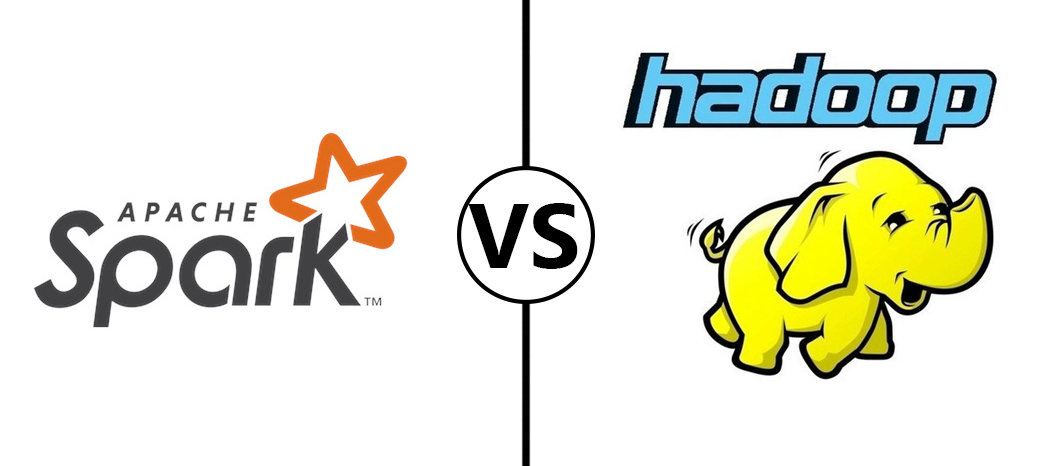Apache Spark
Spark is a framework that helps in data analytics on a distributed computing cluster. It offers in-memory computations for the faster data processing over MapReduce. It uses the Hadoop Distributed File System (HDFS) and operates on top of the current Hadoop cluster. It also processes structured data in Hive along with streaming data from various sources like HDFS, Flume, Kafka, and Twitter.

Spark stream
Spark Streaming is the Spark API ‘s extension. Processing live data streams are performed using Spark Streaming and lead to scalable, high throughput, fault-tolerant streams. Input Data from different sources, such as Web Stream (TCP sockets), Flume, Kafka, etc., can be processed with sophisticated algorithms and with advanced functions like MapReduce, Join, etc. The processed data can be extended to filesystems (HDFS), databases, and live dashboards. We can even apply Spark’s graph processing algorithms along with machine learning on data streams.
Spark SQL
Apache Spark has a separate module Spark SQL that processes structured data. It has an interface, which provides explicit information about the structure of the computation and the data analysis that is performed. Spark SQL utilizes this additional information to do extra optimizations.
Datasets and DataFrames
A collection of data in a distributed manner is called as Dataset in Apache Spark. Dataset provides the advantages of RDDs as well as using the Spark SQL’s optimized execution engine. A Dataset can be framed from objects and can be manipulated by performing functional transformations.
A dataset organized into named columns is called DataFrame. It is related to a relational database table or an R/Python data frame, but with higher optimizations under the hood. A DataFrame can be made using various data source like structured data file or Hive tables or external databases.
Resilient Distributed Datasets (RDDs)
Spark runs on the fault-tolerant collection of elements that can be operated on in parallel; the idea is called resilient distributed dataset (RDD). RDDs are developed in two ways; either parallelizing the current collection in driver program or referencing a dataset in an external storage system, like a shared filesystem, HDFS, HBase, etc.
Apache Hadoop
Apache created the Hadoop project, which is an open-source software that is flexible, scalable, and for distributed computing. The Apache Hadoop software library is a framework that helps in the distributed processing of large datasets throughout computers clusters with the help of simple programming models. Hadoop can be scaled-up to match multi-cluster machines, each providing computation and local storage. Hadoop libraries are mainly designed to detect a failed cluster at the application layer and manage those failures by doing so. This leads to high-availability by default.
You can master the concepts of the Hadoop framework with a Big Data Hadoop training course, and you even get prepared for Cloudera’s CCA175 Big data certification.
The project includes these modules:
Hadoop common
These are Java libraries and provide the efficacy needed for running different Hadoop modules. These libraries offer filesystem abstractions, OS level and have the essential Java files and scripts required to begin and run Hadoop.
Hadoop Distributed File System (HDFS)
An HDFS refers to a distributed file system that gives massive throughput access to application data.
Hadoop YARN
A framework for scheduling jobs along with cluster resource management.
Hadoop MapReduce
A YARN dependent system that allows parallel processing of the bigger datasets.
Hadoop – Architecture
HDFS, YARN, and Hadoop MapReduce deliver a fault tolerant, flexible and distributed platform for processing and storage of extensive datasets throughout the clusters of commodity computers. Hadoop uses the same set of nodes for data storage as well as for performing computations. This allows Hadoop to enhance the performance of large-scale computations by integrating them with the storage.
Hadoop Distributed File System – HDFS
HDFS is a distributed file system that stores the bulk of data reliably. A single large file is stored on different nodes throughout the cluster of commodity machines. HDFS covers the top of the current file system. The complete data is stored in fine-grained blocks with a 128MB default block style. HDFS also stores disposable copies of these data blocks in various nodes to make sure there is reliability and data is fault tolerant. HDFS is a distributed, trustworthy and a scalable file system.
HDFS Hadoop YARN
Another Resource Negotiator (YARN) is a leading component of the Hadoop ecosystem and is used for job scheduling and cluster resource management. The idea of YARN is to divide the functionalities of resource management and job scheduling into different daemons.
Hadoop MapReduce
Being a programming model, MapReduce is used for the implementation of generating and processing large datasets with a distributed, parallel algorithm on a cluster. Mapper maps input keys to intermediate position pairs. Reducer catches these intermediate pairs and process to provide the required values. Mapper processes all the jobs in parallel on each cluster and Reducer handles them in the available node as regulated by YARN.
Hadoop – Advantages
Businesses that use big data tools have a competitive edge over their peers. While most believe that the infrastructural costs outweigh the data benefits, several companies prove them wrong. For businesses contemplating the implementation of big data processes, Hadoop has various features that make it entirely worthwhile, including:
Flexibility – Hadoop allows companies to access new data sources in just a few clicks and tap into different types of data to provide value from that data.
Scalability – Hadoop is a scalable storage platform, as it can distribute and store extensive datasets throughout various inexpensive commodity servers that operate in a parallel manner.
Affordability – Hadoop is an open source which runs on commodity hardware, involving cloud providers like Amazon.
Fault-Tolerance – Automatic replication and facility to control the failures at application layer makes it fault tolerant by default.
The conclusion
There is no right answer when choosing between Spark and Hadoop. One has disadvantages that the other does not and vice versa. When choosing between the two platforms, think about the needs of your organization and choose wisely.
Guest post
